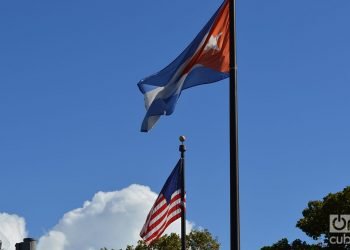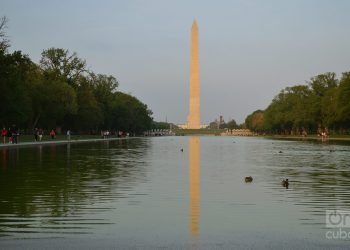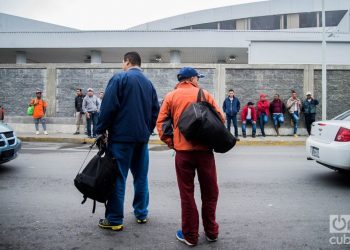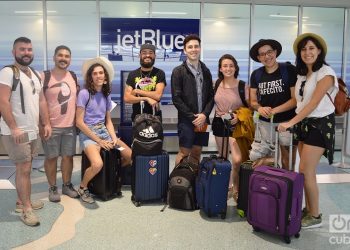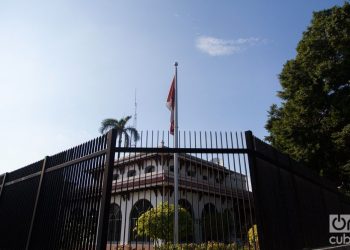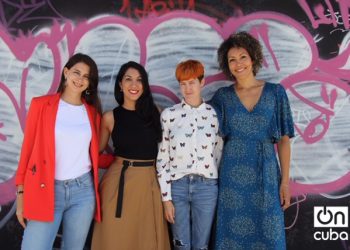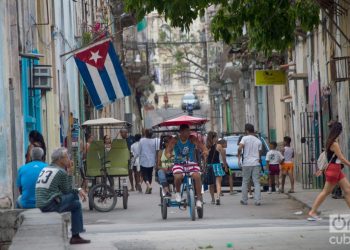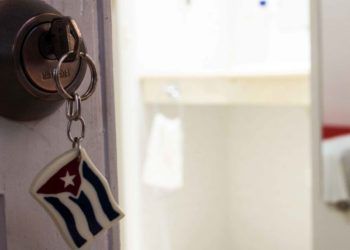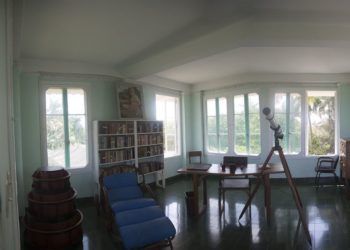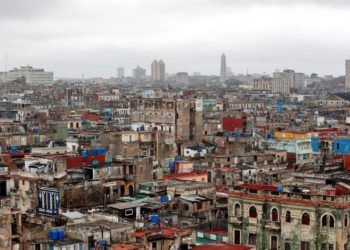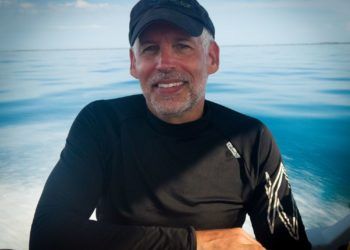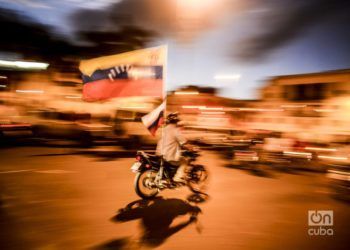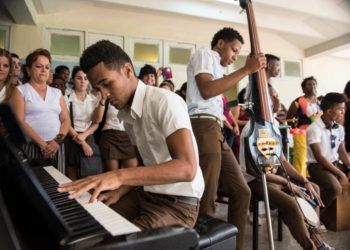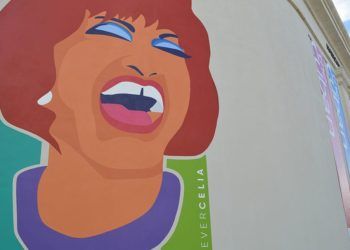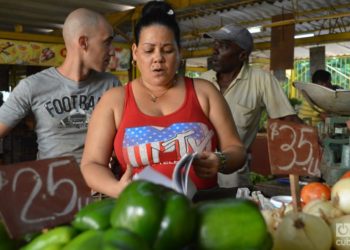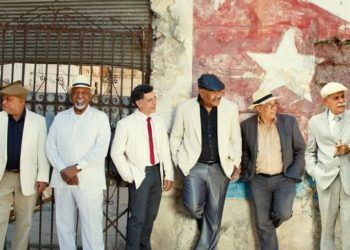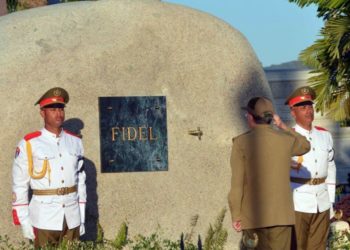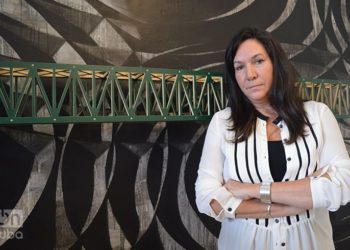“Not from here or there,” being Afro-Cuban-American in Hialeah
Haidee Cano was born in a place where "violet water" (a cologne that smells of violets) is put on babies since they’re born and are taught to eat guava pastries or drink milk with coffee at breakfast as "part of their Cubanness"; but since she was a child she had the uncomfortable feeling of "not being from here or there," of living trapped in a Cuban-American screenplay. The place where she was born, although it isn’t in Cuba, is a "Cuban" city: Hialeah, in Florida, a space where the stereotypes of a culture are taken to their maximum expression due to the emigrants’ nostalgia of the past and the present, and where being black or mulatto is like having emigrated twice: a minority within the Cuban community in the United States. At 27, Haidee has just graduated with a Master's in Social Work at the Atlantic University of Florida, where she was named student of the year in her branch for Palm Beach County. This year she also presented a national research on undocumented Latinas who survived gender-based violence. Her field of study is mental health and she works with marginalized and low-income communities, immigrants and refugees, and prisoners, most...



